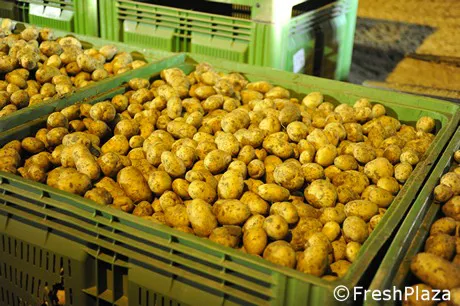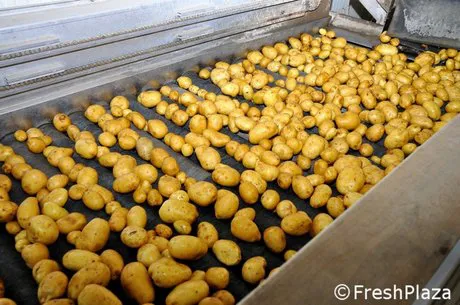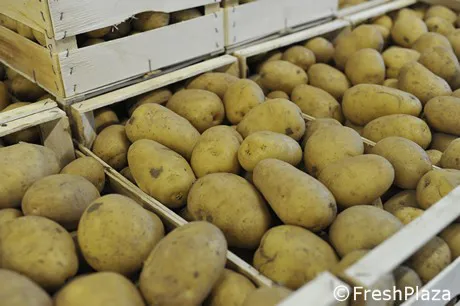Between 2013 and 2018, the consumption of fresh potatoes in Italy increased by 15% reaching 763 thousand tons. The consumption of frozen potatoes remains instead stable (145 thousand tons), though imports have increased.

"The Italian potato sector must take advantage of this trend by increasing its supplies. According to Eurostar data, potato crops covered 1.7 million hectares in the EU in 2018, i.e. 3% less than in 2017," explains Matteo Zanarini from "Zanarini Agromarketing".

Germany holds the first place with almost 9 million tons, followed by France (7.8 million tons), Poland (7.4 million tons) and the Netherlands (5.7 million tons). Italy comes in tenth place with 1.3 million tons. In 2018, the European Union produced 52.4 million tons, i.e. 1.4 million tons less than 2013.

In Italy, Emilia-Romagna is the leading producer region with 16% followed by Campania (15%), Abruzzo (14%), Calabria (13%) and Veneto.
"Italy exported 76 thousand tons in 2018, 34% less than in 2017. The main destinations were Germany (36%), France (12%), Greece (6%), Poland (6%) and Denmark (5%). As for imports, it imported 554 thousand tons in 2018, 3% more than in 2017. 53% of imports come from France and 23% from Germany."

"A negative aspect concerns the low shelf-life of the Italian fresh produce. Basically all stocks need to be sold by February, otherwise quality is not good. Of course we can use fewer molecules than other nations, yet we need to find varieties with a better shelf-life."
